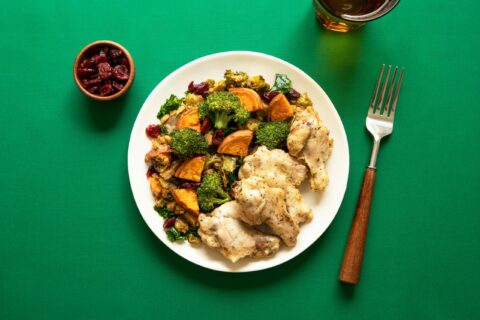
The Fundamentals of Sports Nutrition: How to Use Intuition to Improve Fueling
Data has its benefits, but only when we learn to apply an intuitive approach to our fueling can we unlock the most efficient and healthy sports nutrition habits.

Data has its benefits, but only when we learn to apply an intuitive approach to our fueling can we unlock the most efficient and healthy sports nutrition habits.
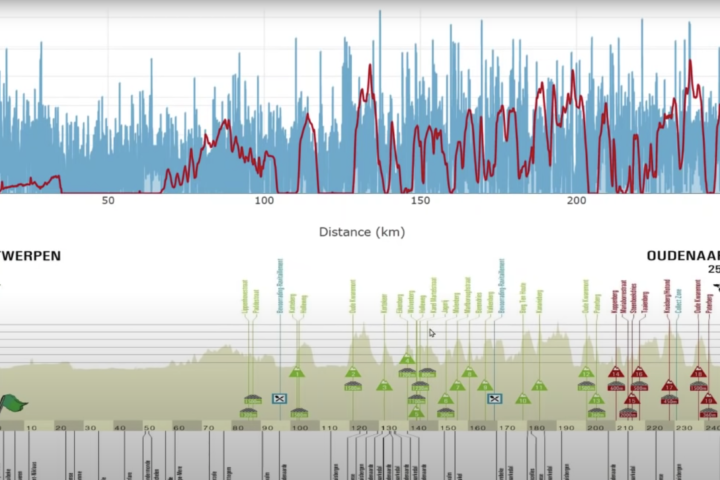
Crunching numbers is one thing, but if you want to turn data into victory, here are a few key things you should do and a few things to avoid.
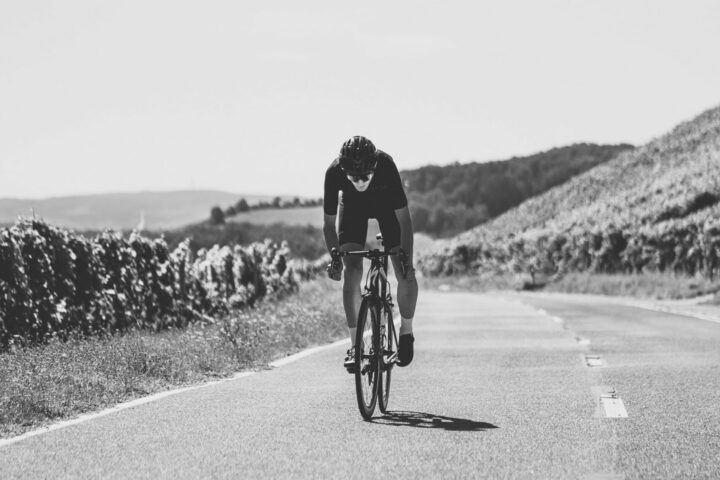
HIT has many proven benefits and several big limitations. Trevor Connor explores how HIT works, its effects, and the most effective high-intensity interval workouts you can choose for specific gains.

Finding another month or two in the legs may be more about careful management of fatigue and having a little more fun.
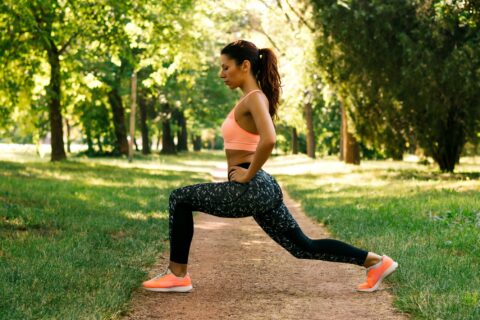
Late season is when all the aches and pains start. Here’s a 10-minute routine after your ride to keep your legs revving for another month.

Have this aerobic capacity workout ready to reset your motivation the next time your outdoor ride is squandered by extreme weather or poor air quality.

These one-minute intervals have no designated number of sets—it’s up to you to do as many as you can.

Use these formulas to determine your calorie and carbohydrate needs according to your unique physiology and demands of the event.
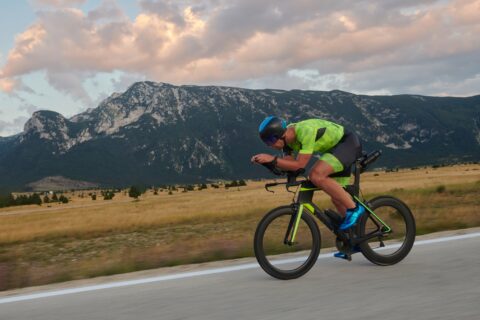
See how to match the right high-intensity interval strategy to you and your event to achieve your best possible performance.

You might never sprint during an Ironman or ultra-running race, but that doesn’t mean you can’t benefit from some HIT.

There’s conflicting and inconclusive evidence on how to properly treat IT band syndrome. We break down some of these common treatments so you can get back to your sport better than before.

These 5 sets of 5 minutes are a favorite of coach Stephen Hyde and allow the rider to train in different scenarios leading up to race day.

We explore how to effectively and efficiently train for ultra-endurance events on limited time.
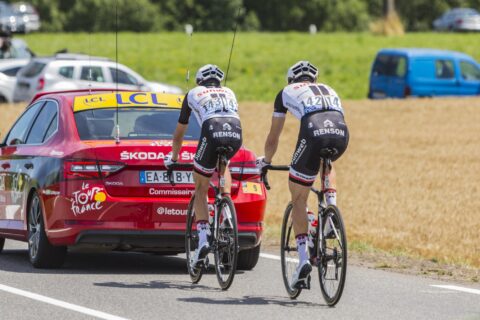
Use motor pacing—purposeful riding behind a scooter, moped, or e-bike—to add race-specific intensity into your training while working on skills and confidence at higher speeds.
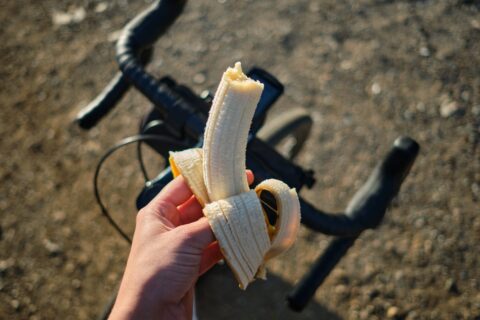
For years we have been told to load up on carbs prior to an event, yet eat very little during competition. Recent research has shown that athletes can ingest more carbohydrate during training and competitions than previously thought.

Increasing your mileage may also lead to an increase in knee pain. Learn about runner’s knee and how you can alleviate your pain at home.

Call them whatever you wish, but the concept is the same: breaking longer blocks of high-intensity work up with frequent, short rest breaks.
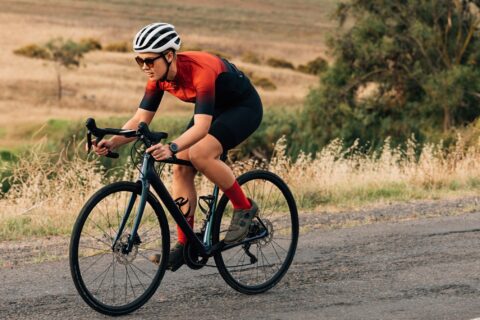
Keep your heart rate consistently high with a serving of short stacks, then maintain power with a side of over-unders.

This workout develops in-saddle horsepower and force as well as improved pedaling mechanics, technique, and efficiency.
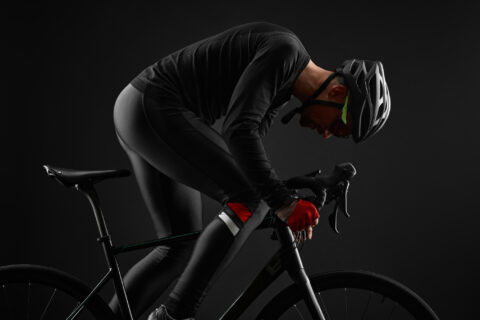
Your lactate threshold may not be what you think it is. Coach Trevor Connor explores the true definition of this physiological turn point.

Use this workout to build confidence in speed for your next 10K.